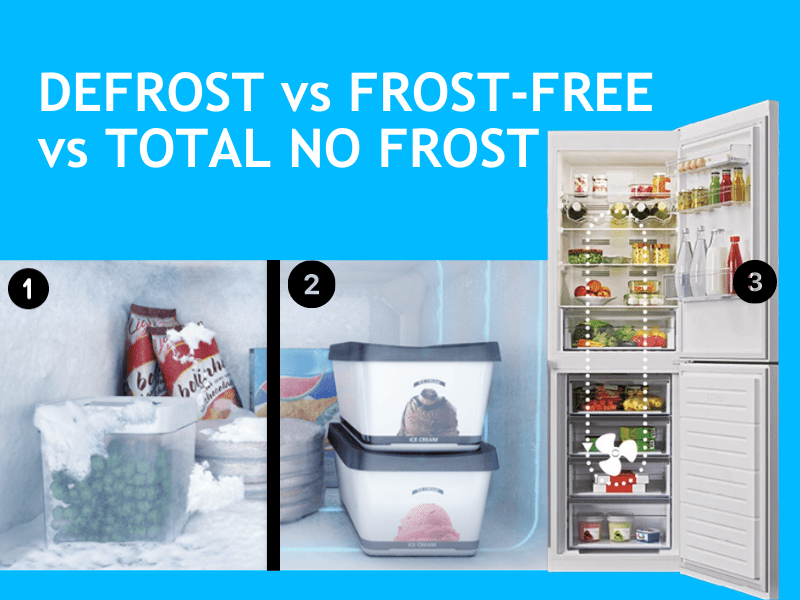When it comes to choosing a refrigerator, one important consideration is how it handles frost buildup. Traditional refrigerators require manual defrosting, which can be a time-consuming and inconvenient task. However, modern technology has introduced two alternatives: frost-free refrigerators and total no-frost refrigerators. In this article, we will explore the differences between these three types and help you determine which option best suits your needs.
1. Defrost Refrigerators:
Defrost refrigerators are the most basic and traditional type. They rely on a cooling system that generates cold air, which enters the freezer and fridge compartments. Over time, frost builds up on the freezer walls and surfaces, reducing the appliance’s efficiency and storage capacity. To prevent this, defrost refrigerators must be manually defrosted periodically.
Pros:
- Typically more affordable compared to frost-free and total no-frost models.
- Simple operation and maintenance.
- Less complicated technology, which may result in fewer breakdowns.
Cons:
- Requires regular manual defrosting, which can be time-consuming and messy.
- Frost buildup can affect cooling efficiency and available storage space.
- Frequent defrosting may lead to temperature fluctuations and food spoilage.
2. Frost-Free Refrigerators:
Frost-free refrigerators, also known as auto-defrost or automatic-defrost refrigerators, revolutionized the way we maintain our refrigerators. These appliances feature a built-in mechanism that periodically activates a heating element to melt any frost buildup. The melted water is then drained away, eliminating the need for manual defrosting.
Pros:
- No manual defrosting is required, saving time and effort.
- Maintains a consistent temperature throughout the fridge and freezer compartments.
- Prevents frost buildup, preserving food quality and storage capacity.
- Suitable for those who do not have the time or prefer not to defrost manually.
Cons:
- Slightly higher purchase price compared to defrost refrigerators.
- The automatic defrosting process may lead to a slight increase in energy consumption.
- The heating element may cause a temporary rise in temperature, potentially affecting sensitive items.
3. Total No Frost Refrigerators:
Total no-frost refrigerators, also known as frost-free or no-frost refrigerators, take automatic defrosting to the next level. These advanced appliances feature a sophisticated cooling system that evenly circulates cold air throughout the fridge and freezer compartments. This circulating air prevents any frost from forming, eliminating the need for defrosting altogether.
Pros:
- No frost buildup, ensuring consistent cooling performance and optimal storage space.
- No need for manual defrosting or periodic maintenance.
- Eliminates the risk of temperature fluctuations, keeping food fresher for longer.
- Ideal for individuals who want a hassle-free refrigeration experience.
Cons:
- Generally more expensive compared to both defrost and frost-free models.
- The complex cooling system may require more extensive repairs if issues arise.
- Slightly higher energy consumption compared to defrost refrigerators.
Choosing the right refrigerator type depends on your lifestyle, budget, and preferences. Defrost refrigerators are the most affordable option but require regular manual defrosting. Frost-free refrigerators provide the convenience of automatic defrosting, maintaining a consistent temperature. Total no-frost refrigerators take it a step further, ensuring no frost buildup and eliminating the need for any defrosting.
Consider your priorities, such as your time availability, storage needs, and long-term convenience, when making a decision. Ultimately, whether you opt for a defrost, frost-free, or total no frost refrigerator, each type offers unique benefits that can enhance your daily life in the kitchen.

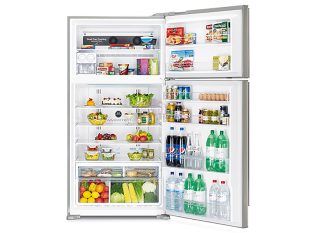
Add to basket
Quick View
FREE Delivery
Hitachi 850-liter Refrigerator RV990PUN1KBBK – Double Door, Top Mount Frost Free Freezer, Dual Fan Cooling, Inverter Control, Touch Display – Brilliant Black
UGX6,190,000
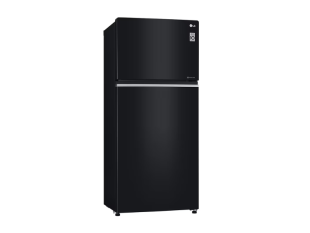
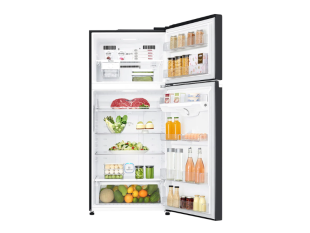
Add to basket
Quick View
FREE DeliveryFeatured
LG 547-litre Refrigerator GN-C702SGGU; Double Door, Mirror Finish, Door Cooling+™, Fresh 0 Zoone, No frost, 250watts
UGX4,900,000
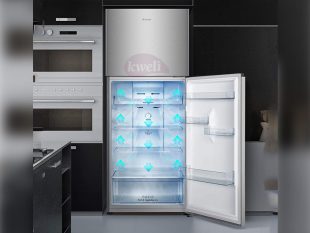
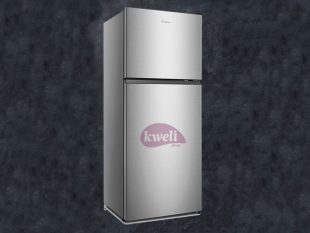
Add to basket
Quick View
FREE Delivery
Hisense 488-liter Refrigerator RT488N4ASU; Double Door Fridge, Top Mount Freezer, Total no frost
UGX2,390,000
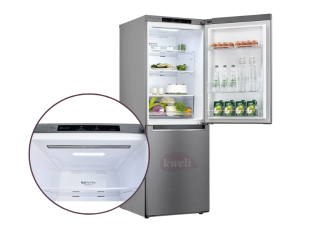
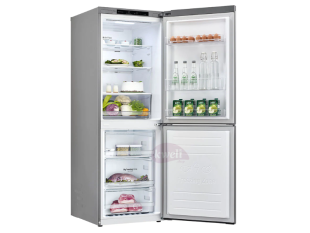
Add to basket
Quick View
FREE Delivery
LG 306-litre Refrigerator GC-B369NLJM with Bottom Freezer; Door Cooling+™, Total no frost
UGX3,490,000
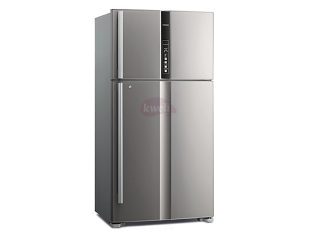

Add to basket
Quick View
FREE Delivery
Hitachi 850-liter Refrigerator RV990PUN1KBSL – Double Door, Top Mount Frost Free Freezer, Dual Fan Cooling, Inverter Control, Touch Display – Brilliant Silver
UGX6,490,000
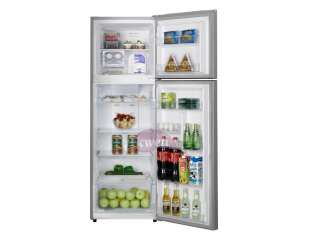

Add to basket
Quick View
FREE Delivery
Hisense 328L Double Door Refrigerator RT328N4DGN; Top Freezer, 120watts, Total no frost
UGX1,690,000

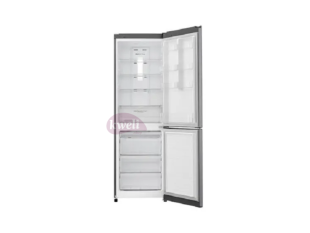
Add to basket
Quick View
FREE Delivery
Hisense 231L Double Door bottom freezer Refrigerator RB231D4S; Silver (Defrost)
UGX1,149,000
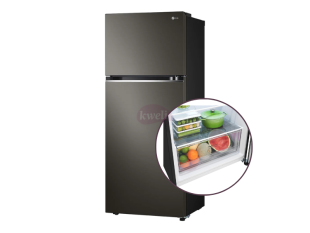
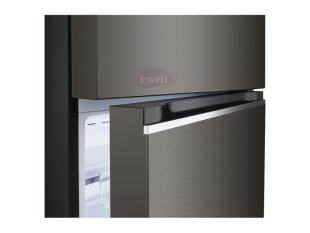
Add to basket
Quick View
FREE DeliveryFeatured
LG 395-litre Refrigerator GN-B392PXGB; Double Door, Mirror Finish, Door Cooling+™, Total no frost
UGX3,990,000

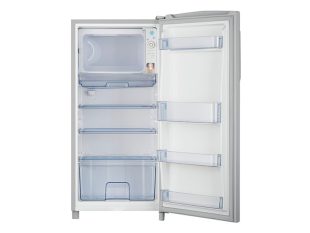
Add to basket
Quick View
FREE Delivery
Hisense 195 liter Refrigerator, 195 liter Single Door Fridge RR195DAGS; Semi-automatic Defrosting
UGX919,000
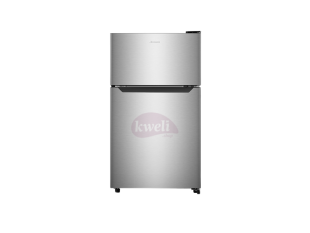
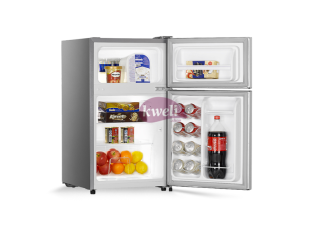
Add to basket
Quick View
FREE Delivery
Hisense 100L Double Door Refrigerator RD-10DR, Top Freezer, Defrost
UGX629,000
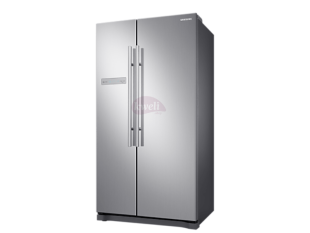

Add to basket
Quick View
FREE Delivery
Samsung 540-litre Side-by-side Refrigerator RS54N3A13S8; All-round Cooling, Frost-free, Digital Inverter Compressor
UGX7,090,000
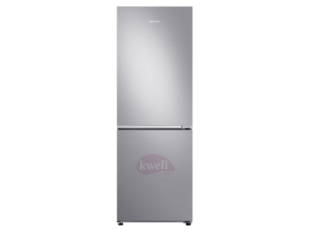
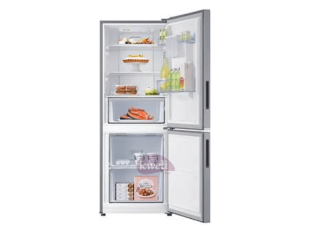
Add to basket
Quick View
FREE Delivery
Samsung 330-liter Double Door Refrigerator with Bottom Mount Freezer RB33 N4020S8
UGX3,699,000
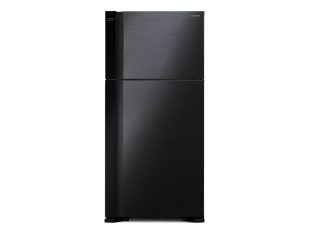
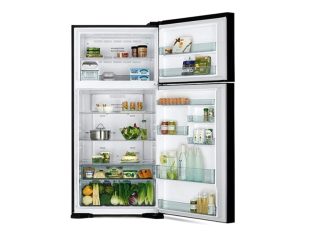
Add to basket
Quick View
FREE Delivery
Hitachi 600-liter Double Door Refrigerator with Inverter Compressor, Brilliant Black – RV750PUN7KBBK; Frost Free Top Mount Freezer, Dual Fan Cooling
UGX4,290,000
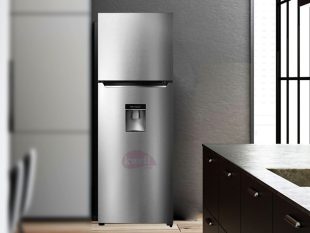
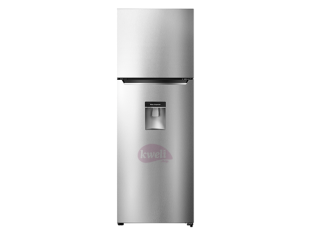
Add to basket
Quick View
FREE Delivery
Hisense 419-liter Refrigerator with Water Dispenser RT419N4WCU; Double Door, Frost Free Top Mount Freezer
UGX2,099,000

Add to basket
Quick View
FREE Delivery
Hisense 270 liter Refrigerator with Dispenser – Double Refrigerator, Defrost
UGX1,149,000
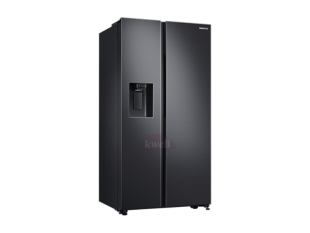
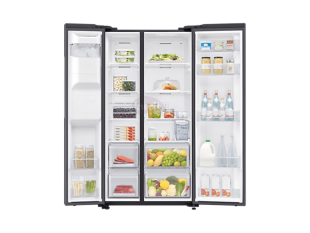
Add to basket
Quick View
FREE Delivery
Samsung 635-litre Side By Side Refrigerator with Ice/Water Dispenser RS64R5311B4; All-round Cooling, Inverter Compressor, Total no frost
UGX9,490,000

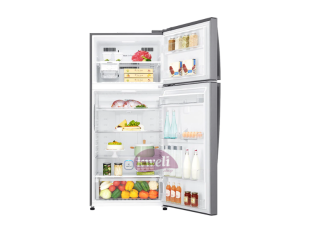
Add to basket
Quick View
FREE DeliveryFeatured
LG 438-litre Refrigerator GL-F652HLHU; Double Door Fridge with Dispenser, Door Cooling™, Total No Frost, Fresh 0 Zone
UGX4,190,000
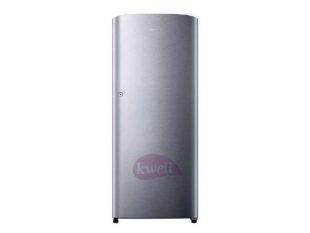
Add to basket
Quick View
FREE Delivery
Samsung 210-liter Fridge RR21J3146S8; Single Door Frost Free, Direct Cool, Built-in Stabiliser, Recessed Handle
UGX1,449,000
View all refrigerators


